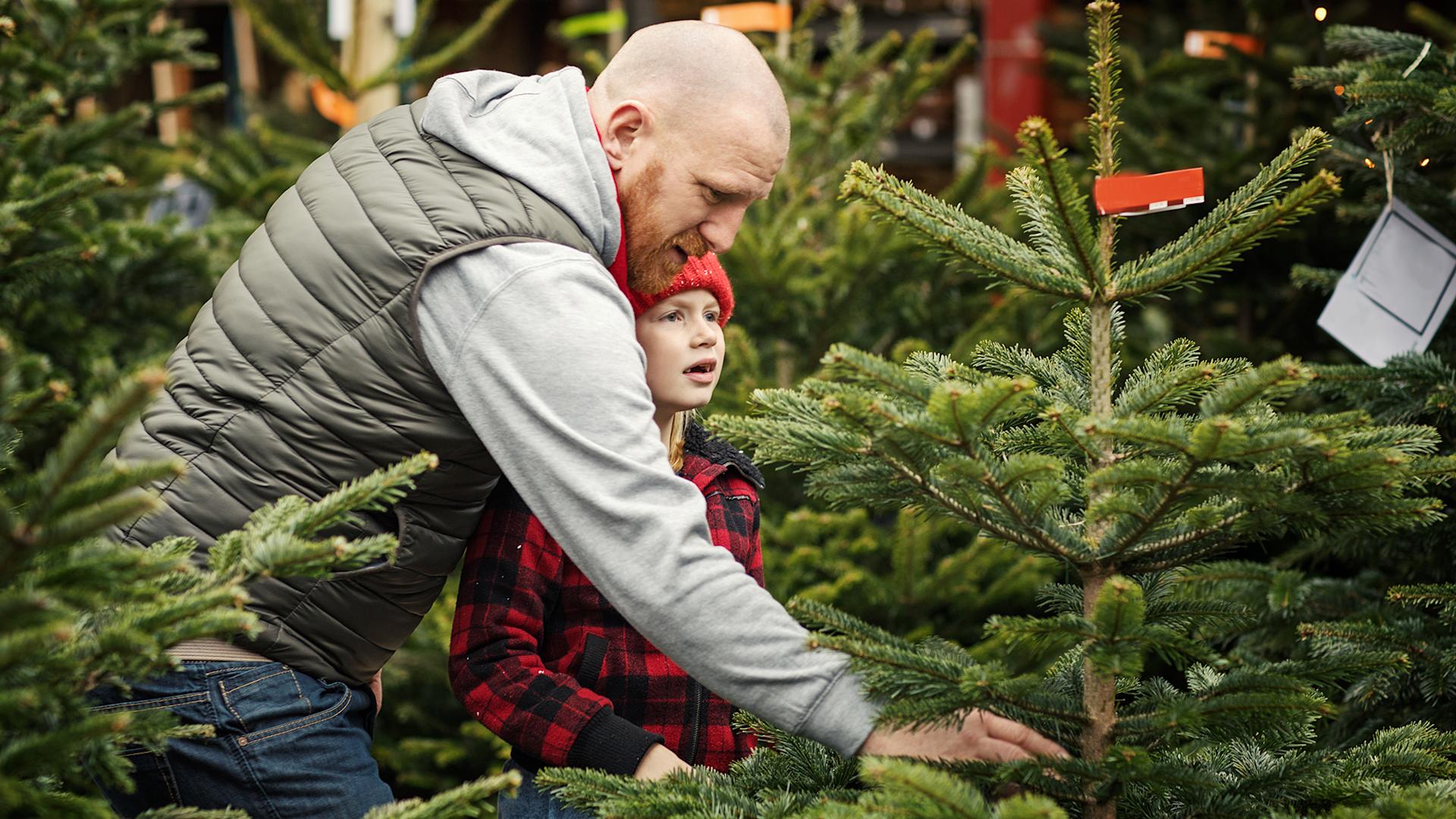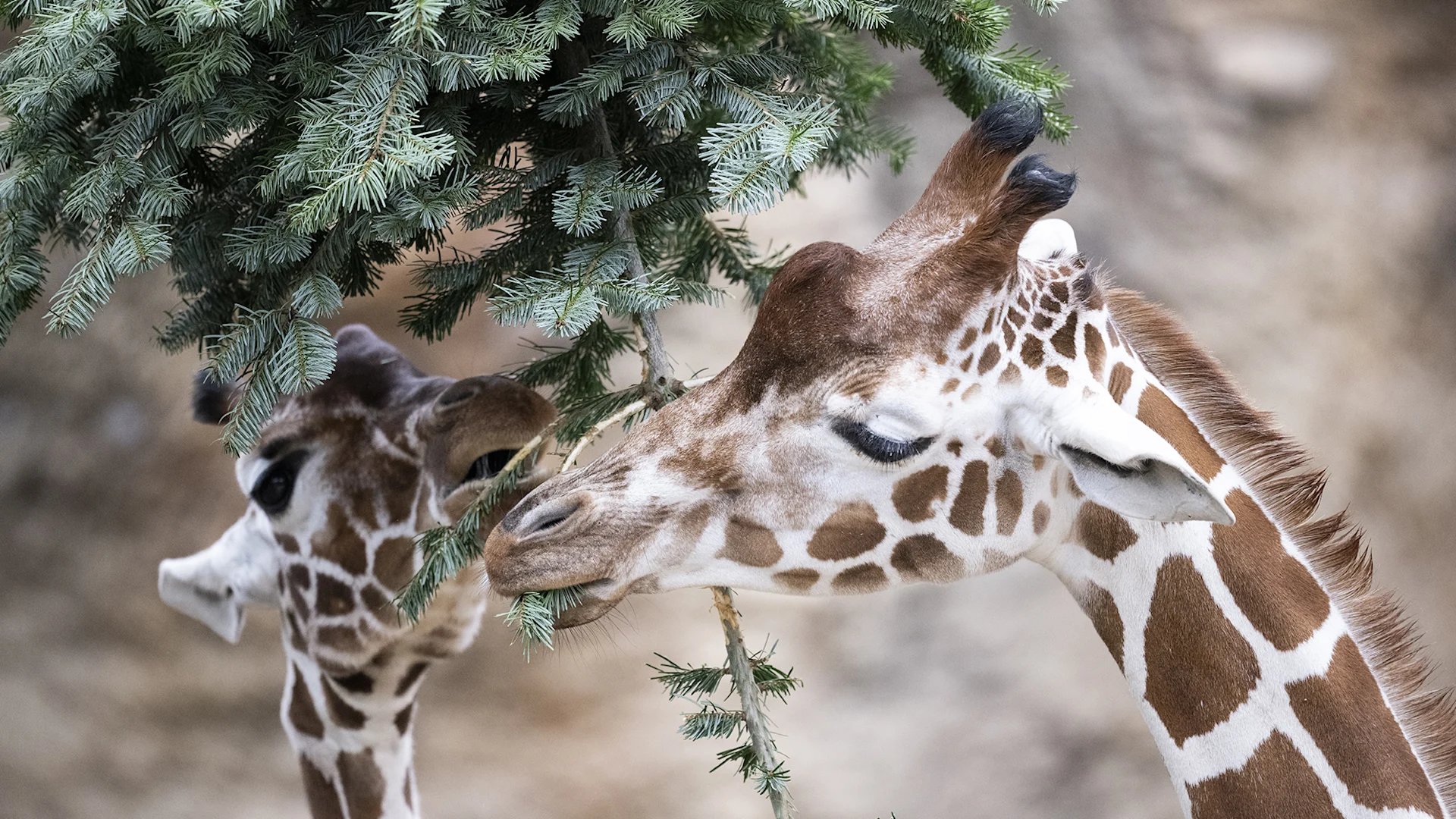
Climate & energy
Maximising your electric car's lifespan
What can you do to ensure that the batterie continues to work perfectly for many years to come?
navigation

Sustainability
Almost every Swiss lounge is adorned with an evergreen fir tree during the Christmas season. Yet are the trees environmentally green too? The answer is surprisingly positive.
Fir trees cultivated in domestic forests, imported Christmas trees, artificial trees, and potted trees are all green. Because the whole point of a Christmas tree is that it is green. Greenery represented vitality and vigour for the Romans, since coniferous trees keep their leaves even during the winter. However, firs only began appearing in lounges as Christmas trees in the Middle Ages.
It is almost that time of the year again to go in search of the perfect tree. Nordmann firs are often a popular choice. They are also available in pots and are returned to the nursery once the festive season is over. Alternatively, people are now putting up plastic trees. In fact, in French and Italian-speaking Switzerland, they are more popular than cut trees. A wide range of artificial trees is available at Migros.
The fact that a grown natural product is used to create a celebratory mood and continue a long-standing tradition, and then must be disposed of just a few days later, gives many customers pause for thought when buying a Christmas tree. They worry about sustainability.
It is definitely worth examining the environmental footprint of different Christmas trees. But rest assured: these trees are greener than you might think. Trees from Swiss Christmas tree farms absorb around 145 tonnes of CO₂ per hectare during a ten-year growth period whilst also producing around 105 tonnes of oxygen. Tree farms also provide a vital habitat for animals.
Transport routes also have an impact on carbon footprint. This makes Swiss Christmas trees a better option than imported trees. Migros, which sells both Swiss trees and imported fir trees from Denmark, adopts a responsible environmental approach in its guidelines on how trees should be grown, as explained by Mirjam Sacchelli, sustainability specialist for the Federation of Migros Cooperatives.
Naturally grown fir trees from forests have the best environmental footprint, as demonstrated by a 2019 survey conducted by the environmental consulting firm ESU-Services. This is because statutory requirements forbid the use of fertilisers and crop protection products.
Swiss Christmas trees are grown on small farms that require few fertilisers. Their short transport routes mean they don’t have to be temporarily stored in cold storage facilities. Christmas trees bearing the Migros label "From the region, for the region" are cultivated in accordance with the strict environmental guideliines of IG Suisse Christbaum. These seek to preserve ground, water, air and biodiversity resources.
For rented trees in pots, transport and acclimatisation play a role, but over a five-year period (approximately how long the potted tree will be available for rent), the overall environmental footprint is comparable to a cut Swiss tree.

Imported trees often come from Denmark, Germany or the Netherlands. The environmental footprint of these is somewhat worse due to intensive cultivation methods, less strict environmental requirements and longer transport routes. The Danish Christmas trees on sale at Migros hold GlobalGAP certification. The specifications also require responsible use of fertilisers and crop protection products.
The environmental footprint of plastic trees is surprising: if the artificial Christmas tree is no heavier than two kilograms and is on show in the lounge every year for at least five years, it has a comparable carbon footprint to cultivated trees. This only covers the direct environmental footprint of the plastic tree, and does not take other aspects into account, such as working conditions.
Furthermore, a tree's life cycle continues beyond Christmas. Unsold trees are often fed to animals. Christmas trees from domestic households are often turned into biogas or end up in solid waste incineration as there may be candle or decoration residue on them.
Published 06.12.2023, revised 02.12.2024
You thereby save electricity as well as energy and help to protect the climate.